Advertising is Not Marketing. Learn the Difference
Despite being two of the oldest business terms, people still get confused between advertising and marketing. Contrary to modern belief, the two terms are not interchangeable, though the two are closely related and cannot exist effectively without each other.
So why do differences matter if they’re both equally important?
Simply put, your business success depends on it. Without understanding the differences, you may not be utilizing each to its full potential.
Let’s set the record straight: advertising is not marketing. Marketing is not advertising. Here’s what those terms really mean:
What is Marketing?
It’s impossible to understand advertising without first grasping marketing, since advertising is an essential component to marketing.
In short, marketing is the practice of bringing buyers and sellers together to create transactions and build relationships. Marketing is the broad term that encompasses branding, promotion, strategic planning and implementation, targeting, and other business-related activities to ensure your efforts are reaching the right audiences.
This might include the obvious, like researching keywords for digital campaigns and creating segmented promotions to general branding activities, such as how to answer the phone or packaging shipments.
In essence, marketing is comprised of all the activities it takes to boost a company’s visibility, create positive public perceptions, and show people why they should choose your products over anyone else’s. However, to do this effectively, you’ll need a hefty dose of quality advertising.
What is Advertising?
If marketing is the whole puzzle, then advertising can be considered a piece of it – in fact, it’s often the largest piece.
Advertising focuses mostly on paid media to promote a message, be it a billboard, television or radio spot, or digital ad. Making up one of the largest line items in a marketer’s budget, advertisements are often strictly promotional in nature, whereas marketing as a whole is focused on building brand perceptions, loyalty, and company reputation.
Like other pieces of the marketing puzzle, advertising must be able to work effectively on its own, while also working in tandem with other marketing efforts to achieve large-scale goals.
Getting the Most from Advertising and Marketing Harmony
Much like the chicken and the egg conundrum, the importance of advertising and marketing makes it difficult to decide how and when to focus on each. It’s true that neither can exist to its fullest potential without the other, but the best advertising always has a firm backing of a good marketing strategy.
Prioritize Marketing
Start by establishing your unique selling proposition (USP). That is, what makes your product/service/company special? Why should your buyers choose you?
There might be multiple things that set you apart from your competitors. The key is to communicate these differences to your prospects in a way that makes them care.
Once you understand what makes you different and why it matters to your buyers, you’re better positioned to create advertisements that highlight your USPs. This might include establishing buyer personas to discover who would best benefit from what you offer, then placing advertisements in the places most likely to be seen by those personas.
This is where the line between advertising and marketing becomes blurred. With increasing focus on digital media, marketers are spending more time in the online advertising space, especially in terms of Search Engine Marketing (SEM) and social media marketing.
True, digital has given rise to more advertising and marketing options than ever before, but that’s not necessarily a good thing. Having too many places to focus can prevent you from mastering one area particularly well. It also means stretching your budget paper thin to invest in more advertising outlets.
Advertising Should Support Marketing
In addition, the increasing presence of ads in the online landscape can have the opposite effect of what you intended. For instance, social media is best leveraged as a marketing channel, despite its ability to purchase advertising space. Companies who advertise their products and services to their followers on social media risk diminishing trust and brand value, instead opening the floodgates for one-off sales that do nothing to strengthen relationships and loyalty.
Keep in mind that every advertisement you create should always support your marketing strategy. From copy and images to channel and audience, marketing should serve as your guiding light to get the most from your investment. When in doubt, ask yourself the following:
- Who does this advertisement target?
- Does my target audience use this advertising channel?
- What does this ad communicate about my brand?
- Is the USP highlighted in this ad?
Wrap Up
Harmonizing marketing and advertising isn’t always easy, but it’s always worth it. Start by ensuring your marketing strategy is solid, then discover how advertising can support those initiatives. Once you recognize the differences between the two, you’ll be better able to direct your efforts to get the results you expect.





